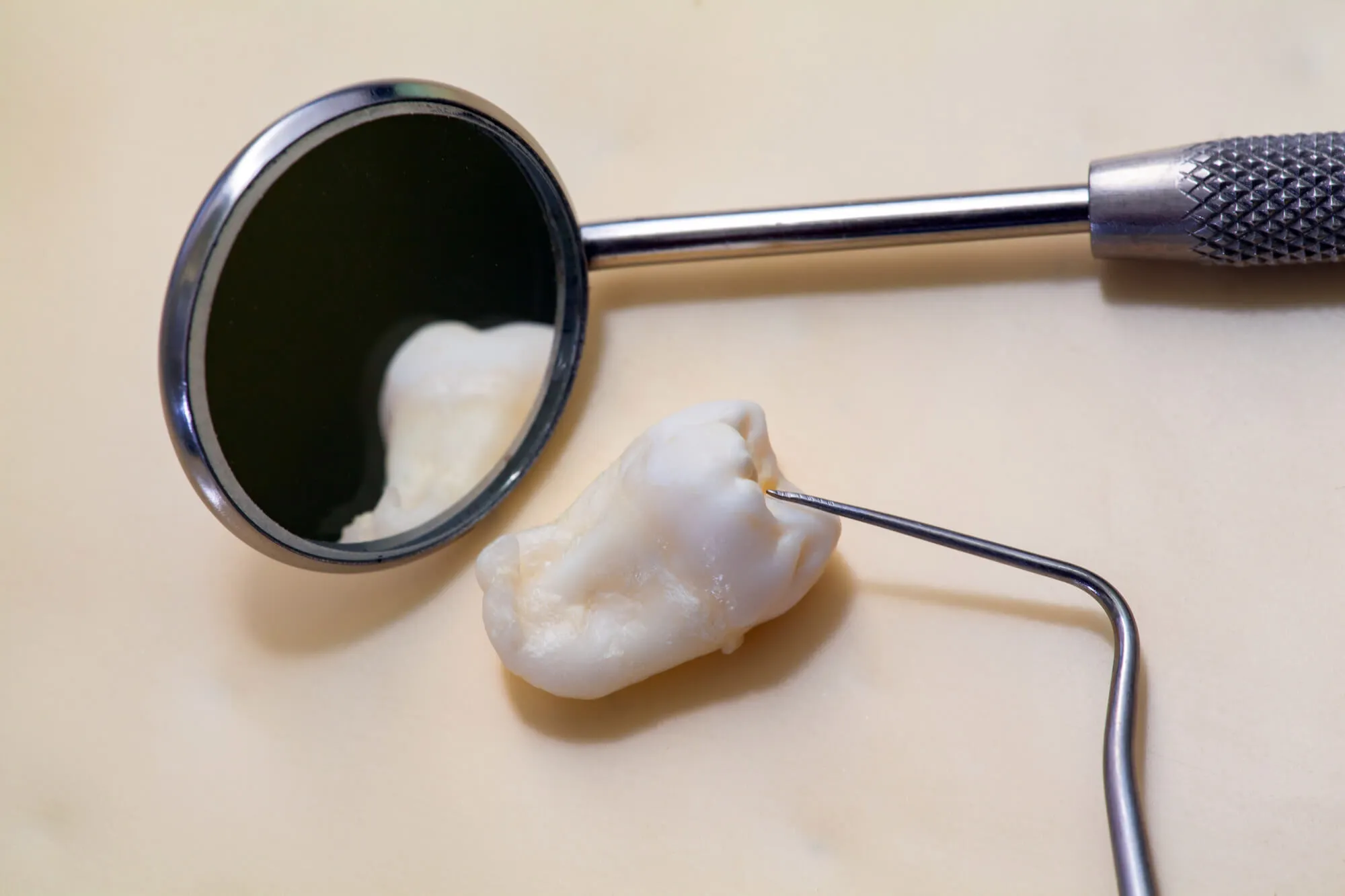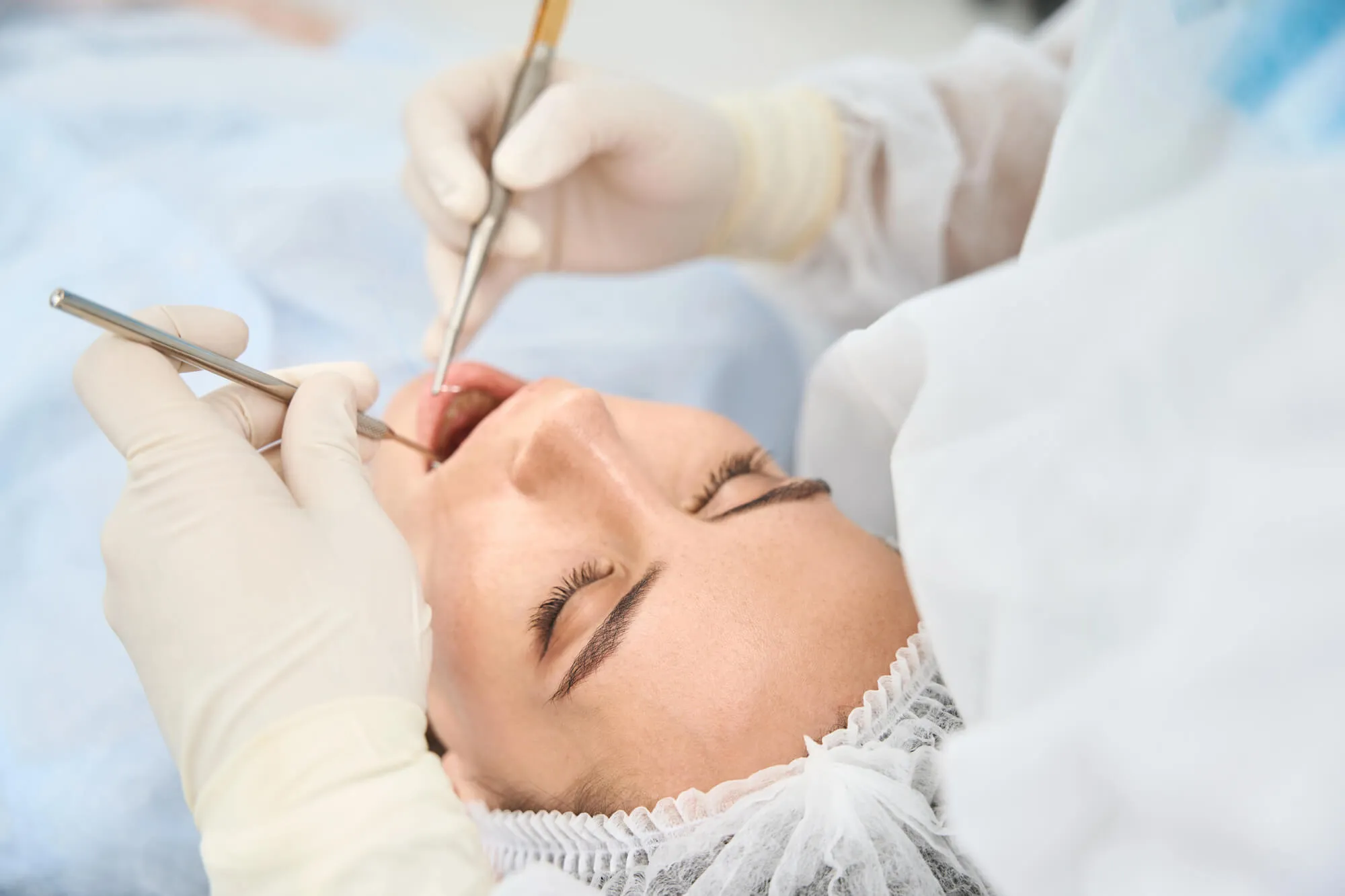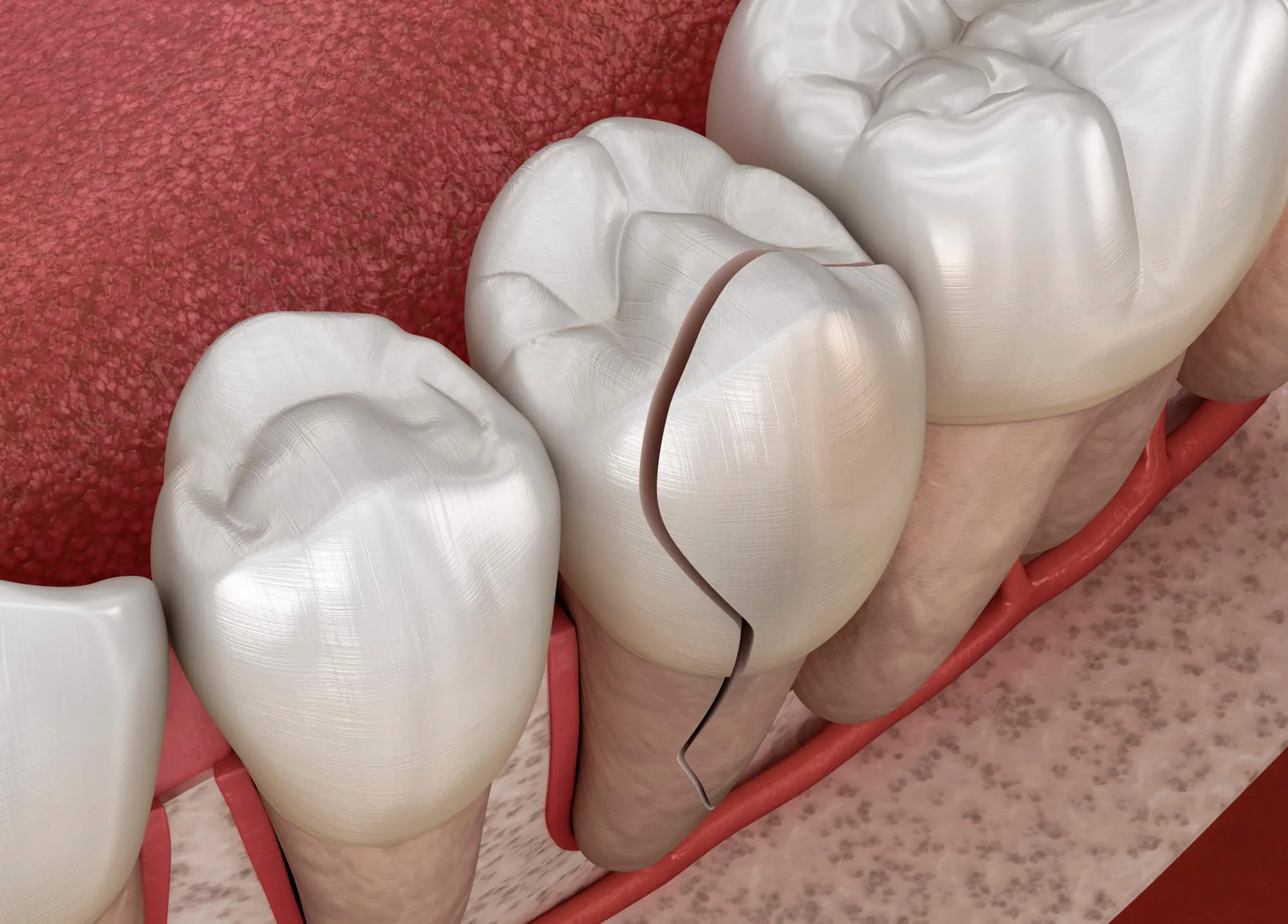
Emergency Dental Extractions Explained: Timing, Causes, and Care
A sudden, throbbing toothache or a fractured tooth from an accident can bring life to a halt. In some cases, the fastest way to restore comfort and protect your health is an emergency tooth extraction in Greensboro, NC. For many people, the thought of losing a tooth can cause worry, but knowing why it might be necessary, how it’s done, and what care looks like afterward can ease some of that stress.

When an Emergency Tooth Extraction Is Needed
An emergency extraction is a last-resort measure, recommended only when a tooth cannot be saved with other treatments. Dentists assess the tooth carefully before making this decision, considering both the immediate problem and the long-term impact on oral health.
Severe Tooth Decay or Infection
If decay reaches deep into the pulp and a root canal is no longer possible, extraction may be necessary to stop the infection from spreading. In advanced cases, an abscess can form, causing intense pain, swelling, and risk to nearby teeth and tissues. Removing the tooth removes the source of the infection. Some patients notice relief almost immediately after the procedure, especially when swelling and pressure are reduced.
Advanced Gum Disease
Periodontal disease can weaken the bone and tissues that support teeth. When a tooth becomes too loose or unstable, extraction can prevent further damage to surrounding structures and improve oral health stability. In many cases, gum disease-related extractions are followed by treatment to improve gum and bone health before replacement options are discussed.
Trauma or Fracture
Sports injuries, falls, or biting hard objects can fracture a tooth below the gumline. If the fracture is too severe for restoration, extraction may be the only option to relieve pain and allow for future replacement with a dental implant or bridge. Acting quickly in these cases also helps prevent sharp edges from injuring surrounding soft tissues.
Impacted Wisdom Teeth
Wisdom teeth that grow at an angle, remain trapped under the gums, or push against other teeth can cause pain, swelling, and infection. If these issues occur suddenly, emergency removal helps prevent further complications. For some patients, this also prevents future crowding or misalignment.
Overcrowding Before Orthodontics
In rare urgent cases, a tooth may be removed before orthodontic treatment if it’s causing severe crowding or preventing necessary movement for alignment. This is typically done in coordination with an orthodontist to ensure it supports the overall treatment plan.

How Dentists Perform an Emergency Tooth Extraction
While the situation may be urgent, emergency extractions are handled with precision and care to keep you comfortable.
1. Evaluation and Planning
The dentist begins with an exam and X-rays to determine the tooth's position, the extent of damage, and the safest extraction method. This step also identifies potential risks and helps plan your recovery.
2. Numbing the Area
Local anesthesia is used to keep the procedure pain-free. In some cases, sedation options are available to help you relax during treatment.
3. Removing the Tooth
For a simple extraction, the dentist loosens the tooth with special instruments and lifts it out gently. For more complex cases, such as impacted teeth or those with broken roots, a surgical extraction, involving a small incision in the gum, may be needed.
4. Cleaning and Protecting the Site
After removal, the area is cleaned to remove debris and reduce infection risk. Gauze is placed to control bleeding, and instructions are given to protect the healing site.
What to Expect After an Emergency Tooth Extraction
Recovery times vary, but most people feel noticeably better within a few days.
Managing Discomfort
Mild soreness or swelling is common and can be managed with over-the-counter pain relievers, prescribed medication, and cold compresses during the first 24 hours. Keeping your head elevated while resting can also help reduce swelling.
Eating and Drinking
Soft foods like yogurt, mashed potatoes, smoothies, and scrambled eggs are recommended for the first few days. Avoid hot, spicy, or crunchy foods until the site begins to heal. Drinking through a straw should be avoided to prevent dislodging the blood clot that protects the extraction site.
Oral Care During Healing
Continue brushing and flossing other teeth carefully, avoiding the extraction site for the first day. Rinsing gently with warm salt water, starting 24 hours after the procedure, can help keep the area clean and promote faster healing.
Follow-Up and Replacement Options
Your dentist may schedule a follow-up to check healing progress and discuss tooth replacement if needed. Options may include dental implants, bridges, or partial dentures to restore function and appearance. The right choice will depend on your oral health, lifestyle, and long-term goals for your smile.
Frequently Asked Questions About Emergency Extractions
Will it hurt?
With modern anesthesia and gentle techniques, most patients feel only mild pressure during the procedure, not pain. Discomfort afterward is usually manageable with medication.
How long does healing take?
Initial healing often takes one to two weeks, though full bone and gum recovery may take longer. Following aftercare instructions helps speed the process.
Can I replace the tooth right away?
In some cases, immediate replacement is possible. Your dentist will recommend the best timing based on your healing and treatment plan.
What should I avoid after the extraction?
For the first 24 hours, avoid smoking, drinking through a straw, or engaging in strenuous activity. These actions can dislodge the protective blood clot, leading to a painful condition known as dry socket. Stick to soft foods and gentle rinsing until your dentist advises otherwise.
What if I’m nervous about the procedure?
It’s normal to feel anxious before dental treatment, especially during an emergency. Many dentists offer sedation options to help you stay relaxed and comfortable. Talking openly with your dental team about your concerns can also make the experience much easier.

Do You Need An Emergency Tooth Extraction in Greensboro, NC?
An emergency extraction may not be something you expect, but it’s sometimes the best step for protecting your oral and overall health. Acting quickly can stop pain, prevent infection, and make way for long-term solutions to restore your smile.
At Layth Saraf, DMD, we understand that urgent dental needs require both speed and compassion. Our team is dedicated to making your emergency visit as comfortable as possible while focusing on treatments that protect your health and restore confidence in your smile.
If you think you may need an emergency tooth extraction, contact us today. We’re here to help you feel better quickly and safely.
.jpg)



